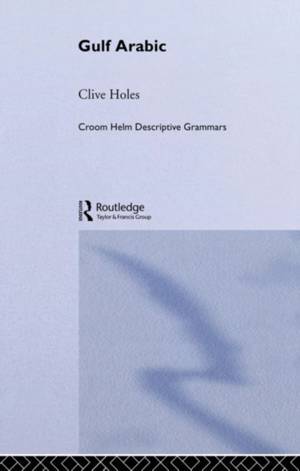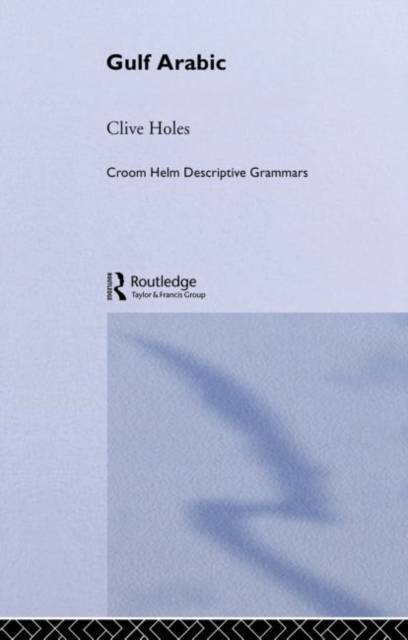
- Afhalen na 1 uur in een winkel met voorraad
- Gratis thuislevering in België vanaf € 30
- Ruim aanbod met 7 miljoen producten
- Afhalen na 1 uur in een winkel met voorraad
- Gratis thuislevering in België vanaf € 30
- Ruim aanbod met 7 miljoen producten
Zoeken
Omschrijving
Gulf Arabic is the term used to refer to a number of related dialects which are spoken along the Gulf littoral from northern Kuwait to Oman. The people who live in this area are linked to each other by trading and seafaring traditions which go back many centuries, as well as by the complex tribal structure of Arabia. With the development of education since the second world war, and increasingly close social, political and developmental ties between Gulf states, a form of dialectal Arabic has evolved which is not closely associated with any one particular state, and which exhibits features common to them all. This is still unmistakably `Gulf' in its basic pronunciation and morphology, as well as in its basic lexical stock, but its syntax and to some extent lexicon have been influenced by standard Arabic and other Arabic dialects. Clive Holes provides a description of this educated, pan-Gulf dialect.
Specificaties
Betrokkenen
- Auteur(s):
- Uitgeverij:
Inhoud
- Aantal bladzijden:
- 318
- Taal:
- Engels
- Reeks:
Eigenschappen
- Productcode (EAN):
- 9780415513166
- Verschijningsdatum:
- 4/11/2011
- Uitvoering:
- Paperback
- Formaat:
- Trade paperback (VS)
- Afmetingen:
- 140 mm x 216 mm
- Gewicht:
- 371 g

Alleen bij Standaard Boekhandel
+ 213 punten op je klantenkaart van Standaard Boekhandel
Beoordelingen
We publiceren alleen reviews die voldoen aan de voorwaarden voor reviews. Bekijk onze voorwaarden voor reviews.











